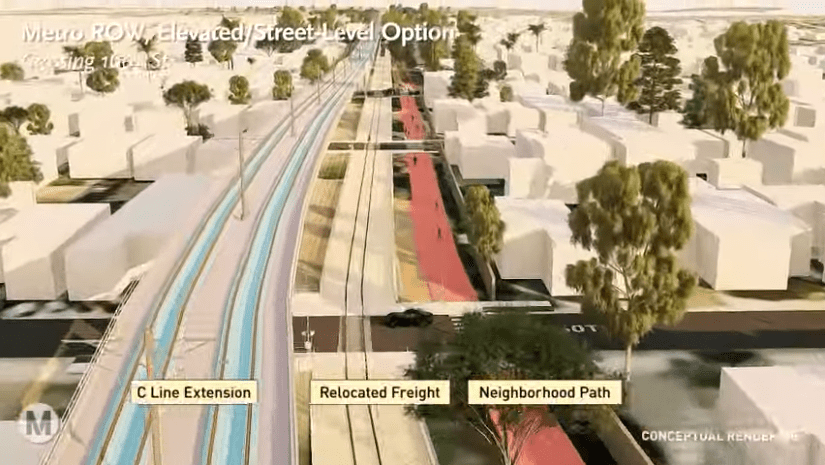Here's another obscure but significant obstacle to building walkable places in America: the Institute of Transportation Engineers' shoddy traffic generation models for mixed-use development.
The model used by traffic engineers around the country to measure "trip generation" at new developments consistently overestimates the amount of motor vehicle traffic produced by mixed-use projects, according to the Environmental Protection Agency. This often increases the cost of building mixed-use projects, because the developers are asked to take steps to compensate for the added traffic. To address this problem, the EPA worked with transportation researchers around the United States to develop a better traffic prediction model.
Reid Ewing, a transportation engineering professor at the University of Utah, helped develop the new model to forecast the traffic generation of walkable development. I caught up with him at the Congress for New Urbanism conference last week in Salt Lake City.
Angie Schmitt: Can you explain the new method?
Reid Ewing: There’s a current methodology, which is the Institute of Transportation Engineers’, and it overestimates the number of external vehicle trips generated by a development if the development has mixed uses. If it’s got residential, retail, and office, those uses interact and a lot of trips stay within the development. And if it’s a development downtown, a lot of those trips that leave the development are walk and transit trips. ITE doesn’t account for that, it doesn’t account for the full number of trips that will stay within a development or the use of alternative modes for those that leave the development. So we developed a methodology.
AS: How many trips are reduced by mixed-use development?
RE: It varies from almost zero to over 50 percent. In a master planned community, it’s huge -- a lot of the trips are going to stay within the community. If you have a stand-alone, freeway-oriented community that happens to have mixed-used, a much smaller percentage will stay within the community. But on average, about 35 percent. So the ITE method seems to overestimate by, on average, about 35 percent.
AS: So, how does the ITE method cause problems?
RE: If the developer proposes a mixed-use development, it doesn’t get credit for trip reduction. So that means the developer will pay more in impact fees and would be required to do more offsite improvements, that are required by the development to mitigate its impact. More parking is required to be provided than a mixed-use development really needs. The roads are scaled and sized according to numbers that inflate the actual capacity needs of the road. So there are all sorts of direct and indirect impacts.
So our effort, our original effort, was funded by the Environmental Protection Agency. They were doing it as a way of promoting smart growth. They wanted to do what they could to promote smart growth, and one of the ways was to offer an alternative to [the method used by] ITE.
AS: How many places have adopted the new model?
RE: I have no idea. I know that the state of Virginia has adopted it. The Utah Transit authority has. The Wasatch Front Regional Council of Governments [Salt Lake City's metropolitan planning organization] has also.
Until the methodology finds its way into the ITE trip generation handbook, it still won’t be widely used.







